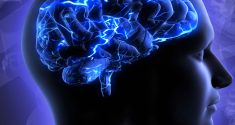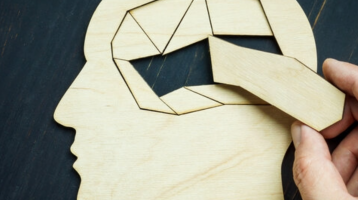Researchers have discovered the exact mechanism of how mice fall asleep and wake, offering the hope of new treatment for people with sleep disorders.
Millions of people suffer from sleep disorders such as insomnia, jet lag and circadian disorders. However, medicine offers few answers for these debilitating problems. This is due to the fact that there is a lot we don’t understand about sleep. Researchers and doctors know the hormones and genes involved in sleeping, but not the exact mechanism by which we actually fall asleep and wake. However, a new study in chronobiology may have discovered the crucial missing link: BK channels.
What Are BK Channels?
A BK channel is an ion channel that is present in large quantities in the cells of the suprachiasmatic nucleus of our brains. The suprachiasmatic nucleus is the area of the hypothalamus that is involved in processing cues from the environment and releasing hormones that cause sleep. Ion channels are an important part of cell signaling, especially in the brain. Different cues make ion channels open, which changes the electrical charge of the cell and causes a reaction.
BK channels are present throughout the body, in the membranes of many cells. However, other studies have suggested that they appear to be especially important in sleeping and waking.
Sleep, Circadian Rhythm, and BK Channels
BK channels appear to be very important in how we fall asleep. They are open throughout the day and begin to close in the evening hours and throughout the night. In a new study, researchers were able to activate and inactivate these channels in mice. The results were surprising; when BK channels are inactivated, the mice were sleepy. When the channels were modified to stay open more often, mice were unable to fall asleep.
When the electrical activity in the brains of these mice was measured, it confirmed the researchers’ suspicions. BK channels appear to be a critical protein in circadian rhythm, determining the electrical activity in the brain that puts us to sleep or wakes us. This electrical activity controls the release of crucial neurotransmitters that affect sleep, including melatonin.
What This Means for People with Sleep Disorders
This is good news for people who suffer from sleep disorders and other circadian rhythm disorders. Doctors currently have limited means to treat these issues. Sleep medications can help, but they leave people groggy and poorly rested the next day. Melatonin and light therapy help many people, but aren’t enough for some people. Many people may be unable to fall asleep due to activity in their BK channels, which means researchers can focus on these ion channels as a place for future medications to act.
Understanding the mechanisms behind sleep is crucial to treating sleep disorders and circadian rhythm disorders. Until very recently, we lacked the scientific tools to study the receptors and hormones that govern sleep. However, the advent of modern technology and science is allowing researchers to find the root causes of complex health issue and to find new therapies that treat the root causes of illness.






